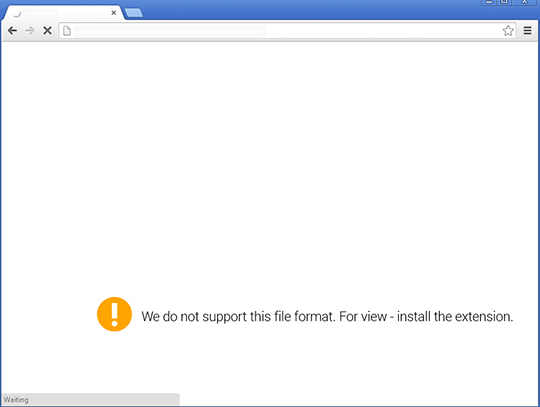JS_NEMUCOD.MM
TrojanDownloader:JS/Rezopec.A (Microsoft); JS.Downloader.G (Symantec); JS/Nemucod.BZN!tr.dldr (Fortinet)
Windows


Threat Type: Trojan
Destructiveness: No
Encrypted: Yes
In the wild: Yes
OVERVIEW
This Trojan arrives as an attachment to email messages spammed by other malware/grayware or malicious users. It arrives on a system as a file dropped by other malware or as a file downloaded unknowingly by users when visiting malicious sites.
It does not have any propagation routine.
It does not have any backdoor routine.
As of this writing, the said sites are inaccessible.
TECHNICAL DETAILS
Arrival Details
This Trojan arrives as an attachment to email messages spammed by other malware/grayware or malicious users.
It arrives on a system as a file dropped by other malware or as a file downloaded unknowingly by users when visiting malicious sites.
Propagation
This Trojan does not have any propagation routine.
Backdoor Routine
This Trojan does not have any backdoor routine.
Download Routine
This Trojan accesses the following websites to download files:
- http://{BLOCKED}droperez.com/fotos/photos/xfs_extension.exe
It saves the files it downloads using the following names:
- {Path Assigned by the User}\{Filename assigned by the User}.exe
Note: The Default Filename is "xfs_extension.exe"
As of this writing, the said sites are inaccessible.
Other Details
This Trojan does the following:
- Upon running the malware on a browser, it will connect to the URL mentioned above and will display a download window where the user can set the path and filename of the downloaded file manually.
NOTES:
This malware displays the following image on the browser:

SOLUTION
Step 1
Before doing any scans, Windows XP, Windows Vista, and Windows 7 users must disable System Restore to allow full scanning of their computers.
Step 2
Note that not all files, folders, and registry keys and entries are installed on your computer during this malware's/spyware's/grayware's execution. This may be due to incomplete installation or other operating system conditions. If you do not find the same files/folders/registry information, please proceed to the next step.
Step 3
Search and delete these files
- {Path Assigned by User}\{Filename assigned by the User}.exe - Default name is xfs_extension.exe
Step 4
Scan your computer with your Trend Micro product to delete files detected as JS_NEMUCOD.MM. If the detected files have already been cleaned, deleted, or quarantined by your Trend Micro product, no further step is required. You may opt to simply delete the quarantined files. Please check this Knowledge Base page for more information.
Did this description help? Tell us how we did.

